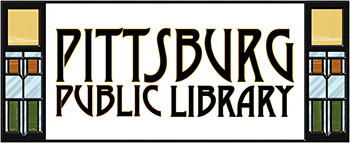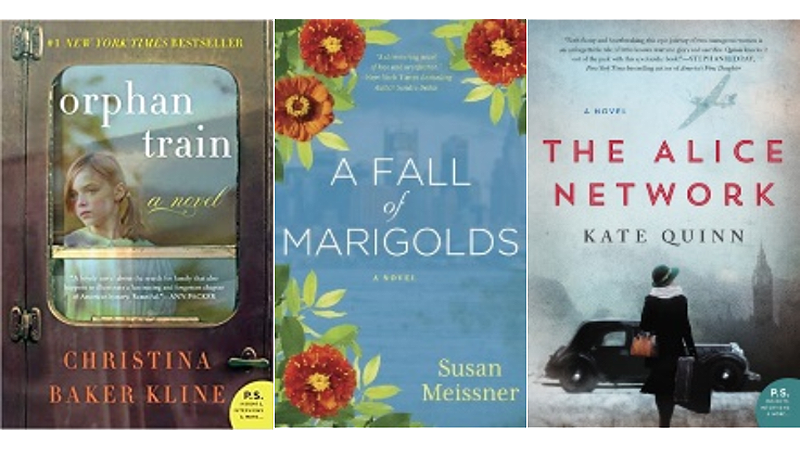By Carol Ann Robb, PPL Reference Librarian
I remember when I first read Christina Baker Kline’s “Orphan Train”—way back in 2013!—I found the book being told between two time periods to be something a bit different, but an effective narrative device. Now it seems like nearly every historical fiction book I pick up has a dual time period, meaning the story has two (sometimes more) different but connected stories occurring years apart. Often times it features a granddaughter who learns of a closely guarded family secret upon the death of a dearly loved grandmother (or long-lost great aunt or cousin) and she searches to learn the truth that has been withheld for so many years.
The publishing industry has trends, just like the fashion world. Pre-2020, it seemed like every other book was a domestic or psychological thriller, then as the pandemic progressed we saw the emergence of “uplit,” uplifting stories that guaranteed a happy ending while we wondered what tomorrow’s news would bring. And now the shift is to dual (or as I sometimes consider “dueling”) timelines.
I suppose my biggest complaint is that so many authors seem to have jumped on this duality bandwagon of late and they all seem so much the same that I can’t remember which book was about what plot (letters from WWII? Double life led by Grandma? Unknown relatives?) Yes, many stories need some background to better explain characters but do they all require multiple time periods?
But there are definitely some well-written books utilizing dual timelines—“A Fall of Marigolds” by Susan Meissner comes to mind (and the characters from then and now aren’t related). I also enjoyed “The Alice Network” by Kate Quinn, and Jojo Moye’s “Girl You Left Behind” but I realize these were written before the current fad. I suspect I’m being a bit grumpy about this (it’s this crazy weather!) but it’s become difficult to keep straight all the dual timeline books that are appearing on the shelves.
No doubt, this literary trend will fade a bit—I’m seeing a return shift to psychological whodunnits again. What do you think of the dual time periods in books—thumbs up or thumbs down?

